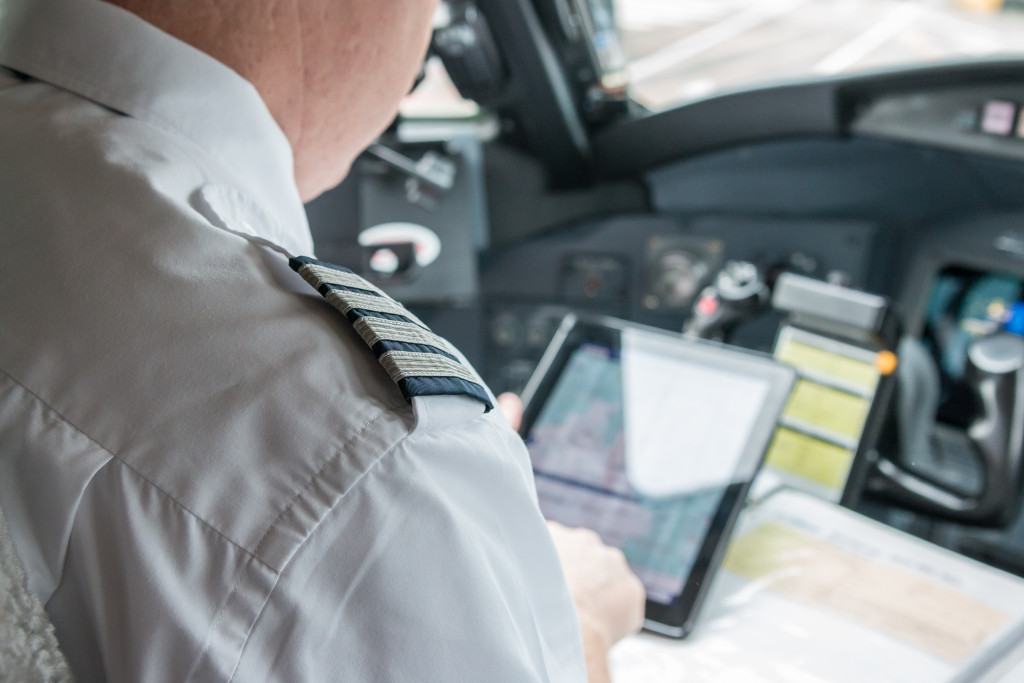It’s safe to say that the world has become smaller and smaller. Thanks to the aviation industry, it has made air travel plausible. It has allowed people to go from one place to another. Commercial airlines and even private jets have become readily available for people needing to travel, whether for personal or business purposes.
Sure, the aviation sector had a temporary hiatus last year brought about by the COVID-19 pandemic. However, it has gradually gone back to its normal operations despite the ongoing crisis. But one thing’s for sure: this industry will bounce back and continue to thrive in the years to come.
The aviation industry has indeed gone far in terms of progress and development. That said, here are the top digital and technological trends in the aviation sector you might want to consider:
1. Artificial Intelligence (AI)
AI has become a buzzword in recent years. For the uninitiated, the process involves simulating human intelligence in machines. The goal is to make these programmed machines think and work like human beings. The rise of AI has become apparent in various industries, and the aviation sector is no exception.
Many airline companies have considered adopting AI technology and incorporating it into their business processes and applications. A perfect example is the use of Chatbots in answering passenger queries and addressing their concerns. Who knows? You will be talking to an AI representative assisting you in the airport in the future.
2. Automation
Automation has become apparent in different businesses across various industries. Of course, the aviation sector is among those that utilize automation in their business processes and applications. As you can see, automation makes the aviation process more accurate, efficient, and seamless.
Instead of doing manual works, airline companies use automated tools for recording, tracking, monitoring, analyzing, and reporting the number of passengers. Even clients can book flights and make payments online while their data and information get automatically stored.
3. Robotics
Robotics is slowly taking ground in various sectors such as the construction, real estate, and manufacturing industries. But it has already been introduced in the world of aviation. In fact, the industry is slowly investing in robot creation and development for human assistance.
One example is the use of robotics in the manufacturing of aircraft. Machinery pieces act as robots designed to carry and transport heavy loads. Another example is how robots at a Japanese airport perform automated tasks like transporting luggage and signaling security risks. These are just a few examples of robotics in aviation but expect more to come.

4. Biometrics
The adoption of biometrics has gained traction in many businesses with office settings. Several companies use biometric authentication to provide access to authorized personnel or employees. However, this technology is yet to become common in the aviation industry.
As such, a few airline companies have started investing in fingerprint and facial recognition technologies. They are now looking to incorporate these technologies in the airport. These technologies can significantly assist in security, check-in, lounge access, and boarding.
5. Internet of Things (IoT)
IoT refers to the billions of physical devices worldwide, now connected to the internet. This web allows collecting and sharing data and information for worldwide activities. Evidently, IoT has turned the world into a global village. It has become such a game-changer in various industries.
Among other industries, IoT proves to be beneficial in the aviation sector. Why? Aircraft and devices need to be connected to allow air travel from one place to another. Without IoT, air travel might not be possible. With the evolution of modern technologies, IoT will become even more robust in the future.
6. Extended Reality (ER)
Extended reality (ER) technology has become apparent in recent years. Under this technology are augmented reality (AR) and virtual reality (VR). ER technology is beneficial in various industries — virtual shopping for e-commerce, online learning for education, and virtual tours in real estate.
ER technology is particularly helpful in aviation schools. It can assist in providing flying lessons and training for immersive flight experiences. Other ER uses in aviation include airport route navigation, remote flight control centers, and immersive in-flight experience.
Taking off to Reach Greater Heights in Aviation
The aviation industry is ever-expanding and ever-evolving. Be sure to incorporate some of the digital and technological solutions outlined above, from AI to IoT to ER.
There is more progress and development yet to come in the aviation sector. But one thing is for sure: the future of aviation looks bright and promising. While it has long taken off, it will continue to reach greater heights!


